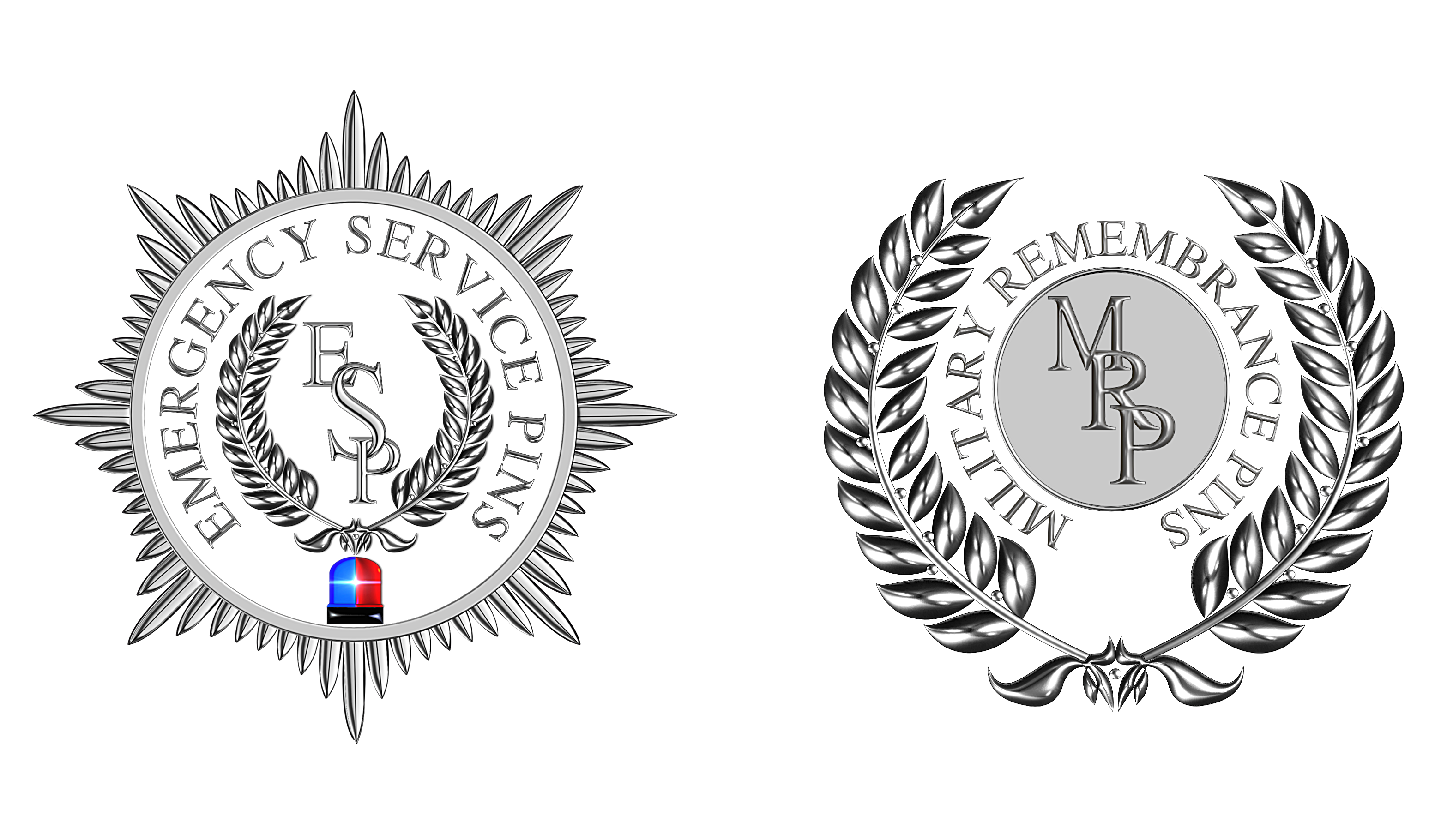Aerospatiale Alouette II Helicopter Lapel Pin
***Currently Not Available***
Please use the NOTIFY ME button should you wish to pre order and be notified when back in stock. No money is required to place a pre order.
Wear this Alouette Pin with pride at any time of the year.
Made with High quality metals
2 x Rear metal butterfly pin fasteners.
Size: 40mm
Worldwide postage will be added at checkout for your country destination. Using the current Royal Mail Standard Delivery Tariffs. Tracked & Signed options are available.
Why not purchase a pack of Spring Loaded Chrome Pin Savers, never lose another lapel pin. Very secure. (Click On The Image)
The Aérospatiale Alouette II (French pronunciation: [alwɛt], Lark; company designations SE 313 and SA 318) is a French light helicopter originally manufactured by Sud Aviation and later Aérospatiale. It was the first production helicopter powered by a gas turbine engine instead of the heavier conventional piston powerplant.
On 12 March 1955, the prototype SE 3130 performed its maiden flight. The Alouette II was a widely used type and popular with operators, with over 1,300 rotorcraft eventually being constructed between 1956 and 1975. The type was predominantly used for military purposes in observation, photography, air-sea rescue, liaison and training, but it has also carried anti-tank missiles and homing torpedoes. As a civilian helicopter, the Alouette II has been used for casualty evacuation (with two external stretcher panniers), crop-spraying and as a flying crane, with a 500-kilogram (1,100 lb) external underslung load.
A high-altitude derivative, the SA 315B Lama, was developed and entered operational service in July 1971. The Alouette II also was further developed into the larger and more powerful Alouette III. In 1975, production of the type was terminated, having been effectively succeeded by these newer rotorcraft. Despite it being long out of production, considerable numbers of Alouette II were still in service at the start of the 21st century.






